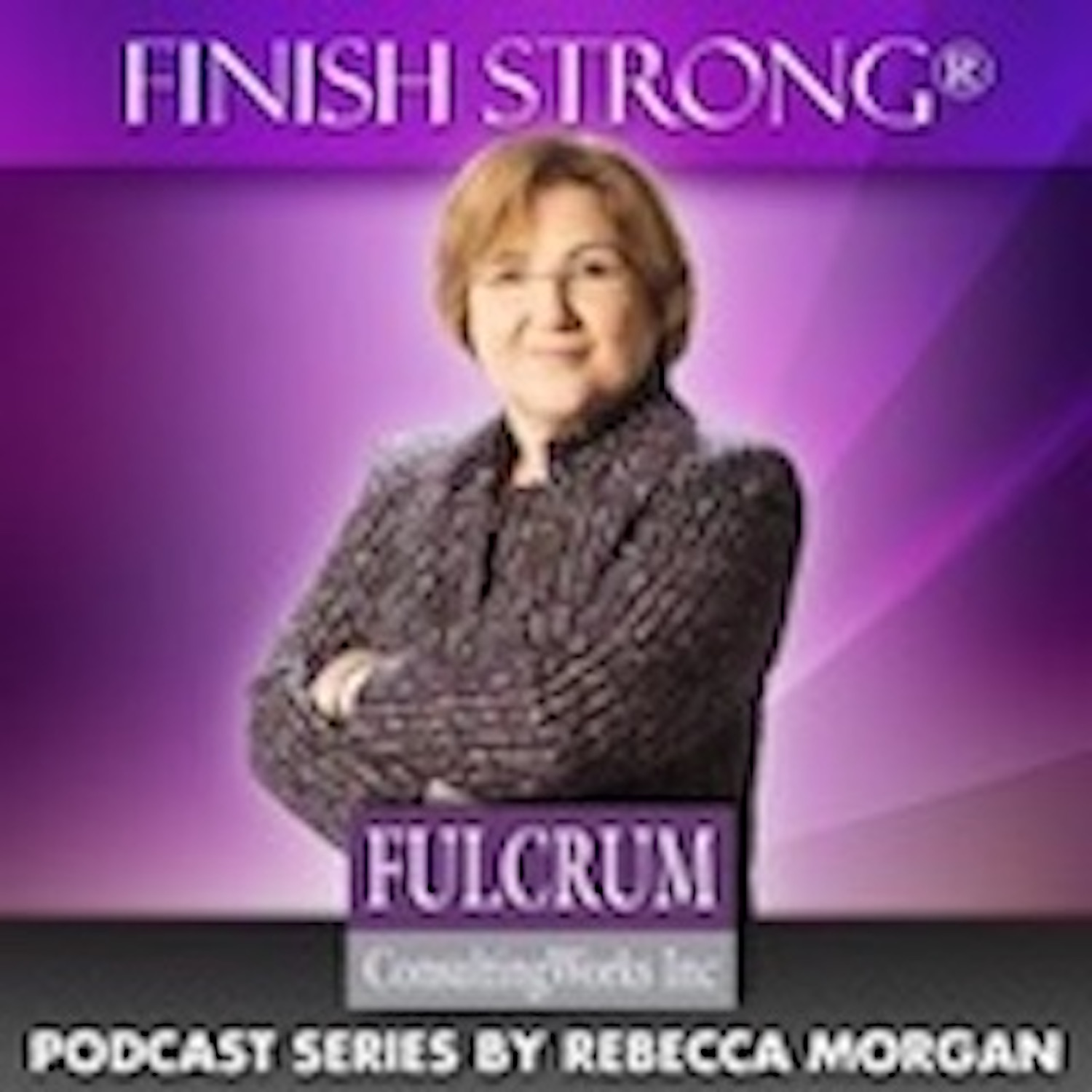full
Your Age of Discontinuity
I wish we would all quit acting like everything was “normal,” implying steady and predictable, before Covid. It’s like we’ve all decided to recall “the good old days” the way octogenarians do. What has really happened is that we were comfortable with the types of ongoing constant change, something unexpected happened that impacted all of us around the world, and we act like all the ongoing constant change we now experience is something different.
It’s not.
Peter Drucker’s book The Age of Discontinuity; Guidelines to Our Changing Society was first published in 1969. While hardly the first major treatise on our changing world, his is well known. He pointed out 4 primary discontinuities impacting the world then, and those 4 impact us still.
First, he mentioned technology. We’d all agree that technical developments impact all of us today. Next, he described the shift from an international economy to a world economy. Sure feels like we’re there right now also. As a matter of fact, Covid woke many to the true world nature of our everyday lives.
Talk of reshoring is primarily that: talk. Yes, a few governments will identify some truly strategic supply chain sources and consider a national strategy to ensure more reliable supply. Fear of China controlling many resources and technologies and its threat of conquering Taiwan – the major source of semiconductors to the world – will have a much bigger impact on adjustments to world sourcing than Covid ever would. We will continue to be a global economy.
Drucker’s 3rd discontinuity was “a new sociopolitical reality, embracing business, government, and other pluralistic institutions.” That surely sounds familiar and current to you. His 4th was “the rising importance of knowledge and of formal education, with resulting implications for work, life, leisure, and leadership.” He recommended major changes to our educational institutions to provide more flexible and appropriate “on demand” educational opportunities. Another very familiar topic.
In our lifetimes, and before, there has been constant change, and most of it for the good. My mother much prefers indoor plumbing and electric lighting. I much prefer my reliable and safe automobile that I chose based on internet research. Each of us can name many things we find improved over a year ago, and the pandemic was underway then. Different does not mean bad or worse.
If you think the “old normal” was great, and eagerly anticipate a return to it, life won’t be easy for you. The human species does not move backward; we move forward. You may not like all the new options and challenges, but it is more productive to accept that they are coming tomorrow, and again the day after that.
Discontinuity is continuous. Even the broad drivers remain similar over decades. Stop looking for any “normal” other than that of discontinuity. That is what is normal, and it is what was normal last year too.
I encourage you to make a list of the top 5 things that impact your daily life negatively that have changed dramatically in the past year. What are the odds of them returning to prior status? If high, then stop fretting and simply wait; if low odds, wrap your head and emotions around succeeding in the newness tomorrow will bring. I hate that I cannot travel internationally now, but I will again. It will be different, and better in many ways.


